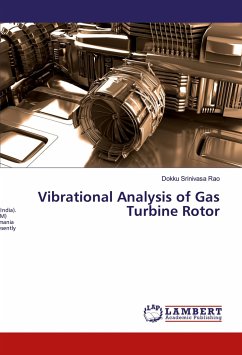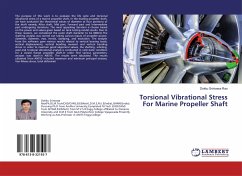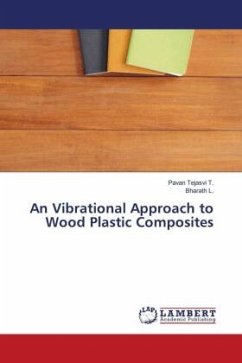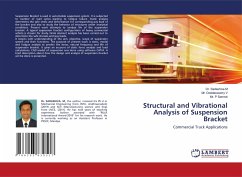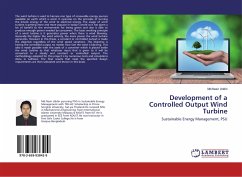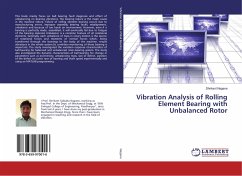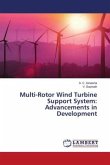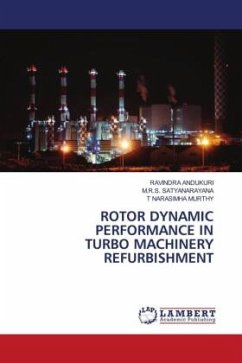The results of the torsional analysis indicate that the resonance frequencies are sufficiently away from the operating speed. Maximum value of magnification factor is 6.49 hence the Short circuit torque value is well within the allowable transient torque. Campbell diagram show there are no any interference between calculated torsional natural frequecies in the range of ±10% of operating speed of rotor train. The maximum torsional stress for the events that were studied for weakest section of shaft was 39.65 ksi which are well within the accepted level. The calculated response levels for this system have been accepted based upon the yield strength of the component materials. The resonant alternating shear stresses are well within the accepted level based upon the yield strength of the component materials. The objective of short circuit events is to avoid component outer-fiber yielding while, for the malsynchronization events avoiding full-screen yield is the primary objective There are no torsion natural frequencies, alternating shear stress, nor electrical fault torque concerns for the system based on the analysis performed on this rotor train.
Bitte wählen Sie Ihr Anliegen aus.
Rechnungen
Retourenschein anfordern
Bestellstatus
Storno

